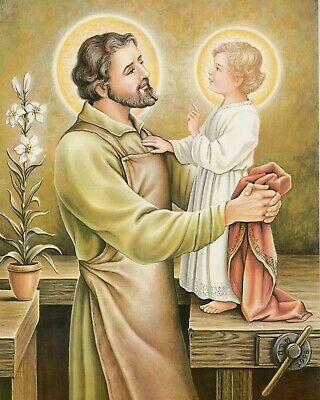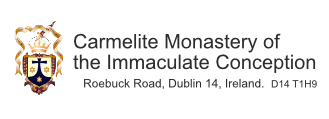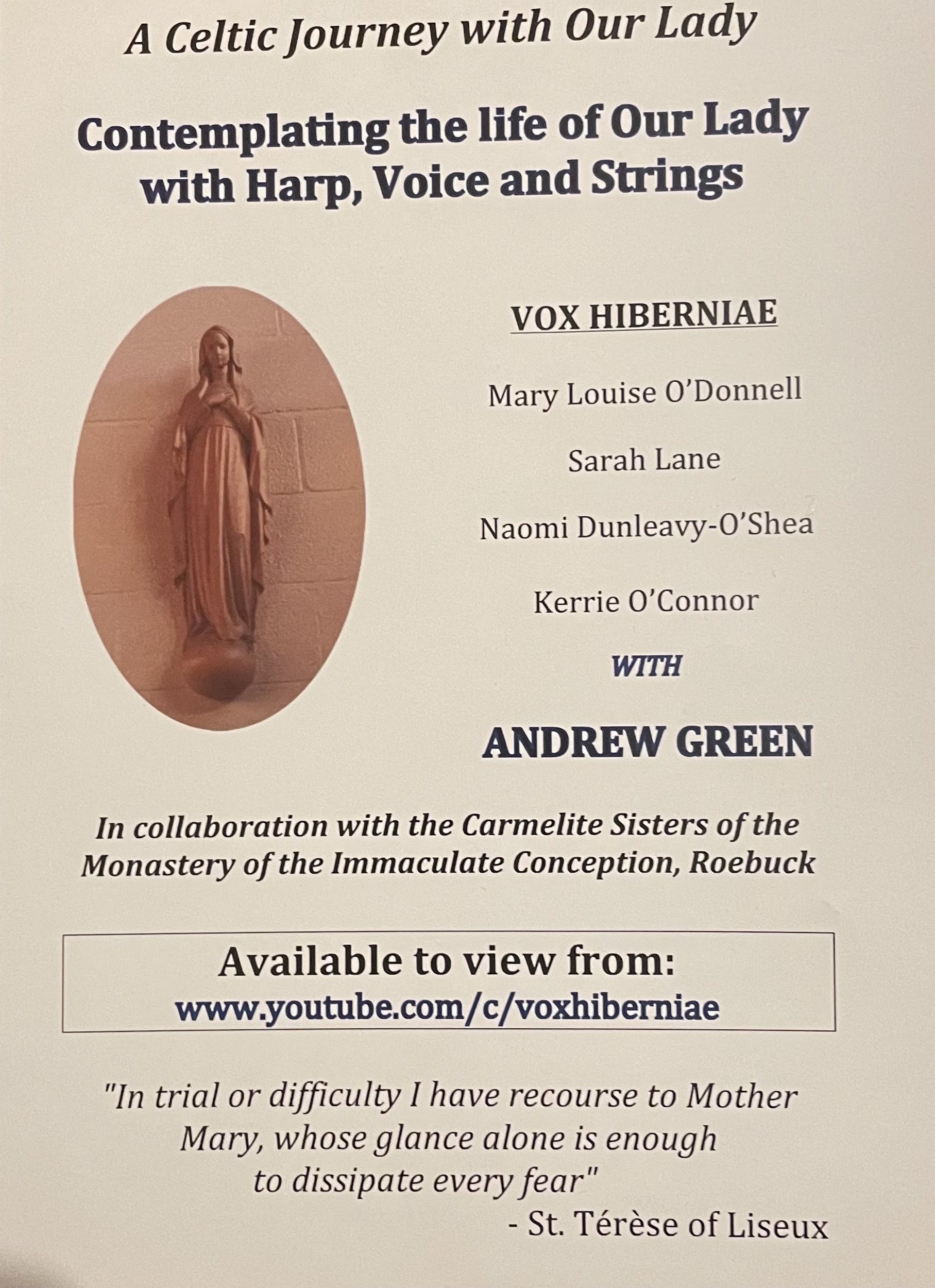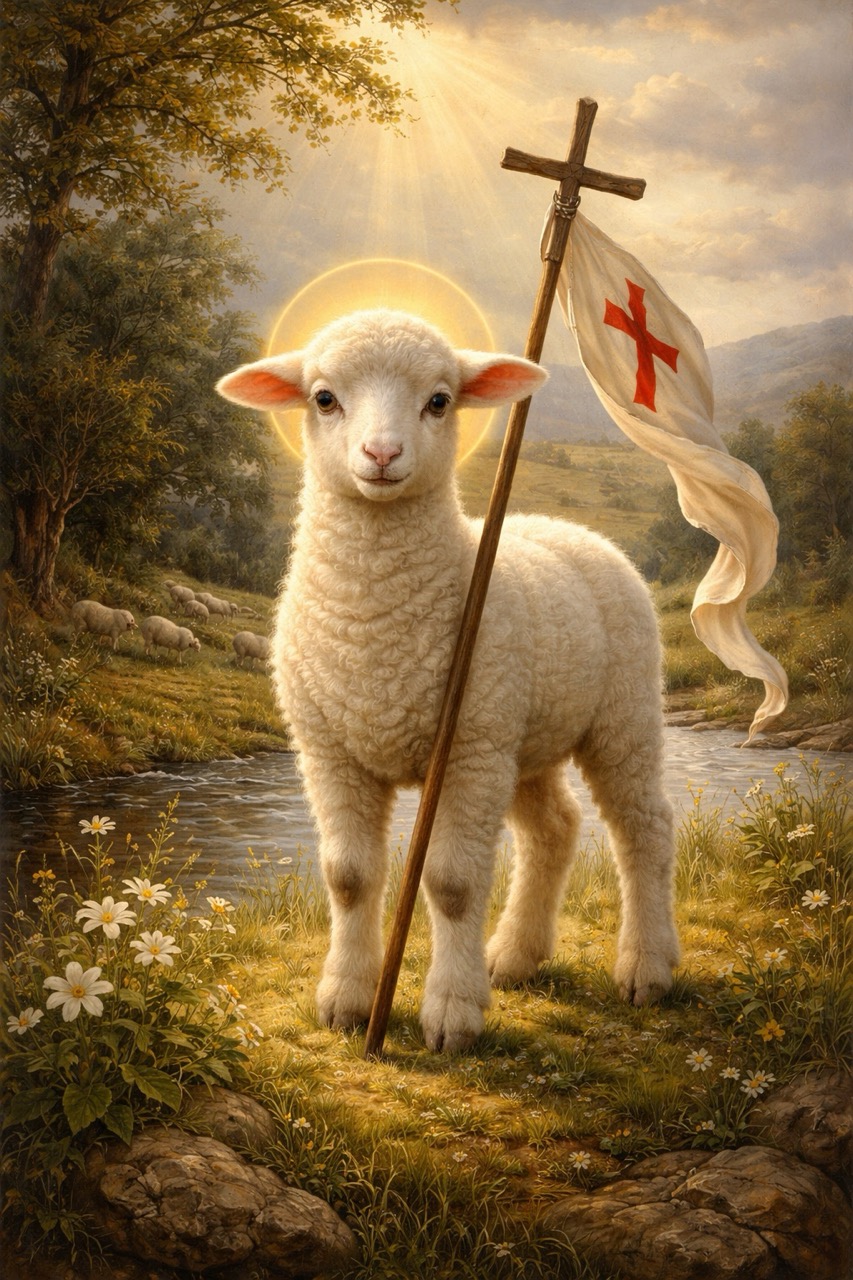A creatively courageous father
 If the first stage of all true interior healing is to accept our personal history and embrace even the things in life that we did not choose, we must now add another important element: creative courage. This emerges especially in the way we deal with difficulties. In the face of difficulty, we can either give up and walk away, or somehow engage with it. At times, difficulties bring out resources we did not even think we had.
If the first stage of all true interior healing is to accept our personal history and embrace even the things in life that we did not choose, we must now add another important element: creative courage. This emerges especially in the way we deal with difficulties. In the face of difficulty, we can either give up and walk away, or somehow engage with it. At times, difficulties bring out resources we did not even think we had.
As we read the infancy narratives, we may often wonder why God did not act in a more direct and clear way. Yet God acts through events and people. Joseph was the man chosen by God to guide the beginnings of the history of redemption. He was the true “miracle” by which God saves the child and his mother. God acted by trusting in Joseph’s creative courage. Arriving in Bethlehem and finding no lodging where Mary could give birth, Joseph took a stable and, as best he could, turned it into a welcoming home for the Son of God come into the world (cf. Lk 2:6-7). Faced with imminent danger from Herod, who wanted to kill the child, Joseph was warned once again in a dream to protect the child, and rose in the middle of the night to prepare the flight into Egypt (cf. Mt 2:13-14).
A superficial reading of these stories can often give the impression that the world is at the mercy of the strong and mighty, but the “good news” of the Gospel consists in showing that, for all the arrogance and violence of worldly powers, God always finds a way to carry out his saving plan. So too, our lives may at times seem to be at the mercy of the powerful, but the Gospel shows us what counts. God always finds a way to save us, provided we show the same creative courage as the carpenter of Nazareth, who was able to turn a problem into a possibility by trusting always in divine providence.
If at times God seems not to help us, surely this does not mean that we have been abandoned, but instead are being trusted to plan, to be creative, and to find solutions ourselves.
That kind of creative courage was shown by the friends of the paralytic, who lowered him from the roof in order to bring him to Jesus (cf. Lk 5:17-26). Difficulties did not stand in the way of those friends’ boldness and persistence. They were convinced that Jesus could heal the man, and “finding no way to bring him in because of the crowd, they went up on the roof and let him down with his bed through the tiles into the middle of the crowd in front of Jesus. When he saw their faith, he said, ‘Friend, your sins are forgiven you’” (vv. 19-20). Jesus recognized the creative faith with which they sought to bring their sick friend to him.
The Gospel does not tell us how long Mary, Joseph and the child remained in Egypt. Yet they certainly needed to eat, to find a home and employment. It does not take much imagination to fill in those details. The Holy Family had to face concrete problems like every other family, like so many of our migrant brothers and sisters who, today too, risk their lives to escape misfortune and hunger. In this regard, I consider Saint Joseph the special patron of all those forced to leave their native lands because of war, hatred, persecution and poverty.
At the end of every account in which Joseph plays a role, the Gospel tells us that he gets up, takes the child and his mother, and does what God commanded him (cf. Mt 1:24; 2:14.21). Indeed, Jesus and Mary his Mother are the most precious treasure of our faith.
In the divine plan of salvation, the Son is inseparable from his Mother, from Mary, who “advanced in her pilgrimage of faith, and faithfully persevered in her union with her Son until she stood at the cross”.
We should always consider whether we ourselves are protecting Jesus and Mary, for they are also mysteriously entrusted to our own responsibility, care and safekeeping. The Son of the Almighty came into our world in a state of great vulnerability. He needed to be defended, protected, cared for and raised by Joseph. God trusted Joseph, as did Mary, who found in him someone who would not only save her life, but would always provide for her and her child. In this sense, Saint Joseph could not be other than the Guardian of the Church, for the Church is the continuation of the Body of Christ in history, even as Mary’s motherhood is reflected in the motherhood of the Church. In his continued protection of the Church, Joseph continues to protect the child and his mother, and we too, by our love for the Church, continue to love the child and his mother.
That child would go on to say: “As you did it to one of the least of these who are members of my family, you did it to me” (Mt 25:40). Consequently, every poor, needy, suffering or dying person, every stranger, every prisoner, every infirm person is “the child” whom Joseph continues to protect. For this reason, Saint Joseph is invoked as protector of the unfortunate, the needy, exiles, the afflicted, the poor and the dying. Consequently, the Church cannot fail to show a special love for the least of our brothers and sisters, for Jesus showed a particular concern for them and personally identified with them. From Saint Joseph, we must learn that same care and responsibility. We must learn to love the child and his mother, to love the sacraments and charity, to love the Church and the poor. Each of these realities is always the child and his mother. (Apostolic Letter Patris Corde of Pope Francis)




